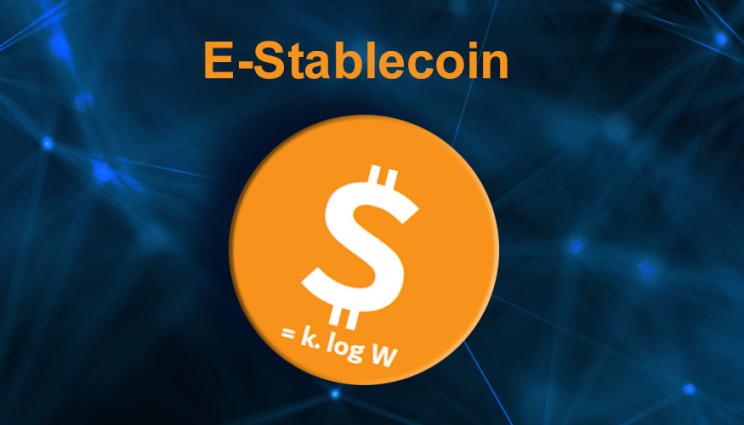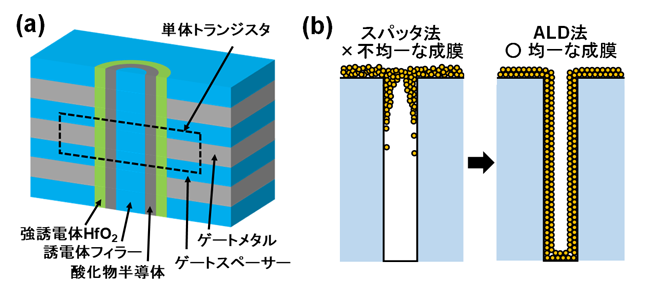2022-06-13 アメリカ・ローレンスリバモア国立研究所(LLNL)

「E-Stablecoin」と名付けられたこの新しいブロックチェーンのコンセプトは、相互接続ケーブルやグリッドベースの送電システムを必要とせず、世界中に散在するユーザー間で電力を伝送することを可能にする可能性があります。この研究は、デジタル資産の安定性に関する重要な問題を解決するもので、物理的な資産によって担保され、統計力学の法則によって担保されているため完全に分散化された、初の暗号通貨トークン設計となっています。
本研究は、学術誌「Cryptoeconomic Systems」に掲載されました。
<関連情報>
- https://www.llnl.gov/news/physics-based-cryptocurrency-transmits-energy-not-just-information-through-blockchain
- https://cryptoeconomicsystems.pubpub.org/pub/murialdo-physical-asset-stablecoin/release/2
ステーブルコインは完全に分散化された現物資産で担保できるのか? Can a Stablecoin Be Collateralized by a Fully Decentralized, Physical Asset?
Maxwell Murialdo and Jonathan L. Belof
Cryptoeconomic Systems Published:Jun 13, 2022
Abstract
Stablecoins are considered by many to be a holy grail technology for decentralized finance. These digital tokens are designed to have minimal volatility which encourages blockchain transactions, confidence, usability, and long-term smart contracts. However, to date stablecoins have always had to make tradeoffs between two desirable properties: 1) full decentralization; and 2) collateralization by a physical asset with intrinsic utility. This tradeoff stems from the conventional belief that physical assets cannot be managed in the same decentralized fashion as intangible assets (i.e., the belief that the physical assets that collateralize stablecoins must be managed by centralized, trusted custodians). In opposition to this conventional belief, we propose a new class of stablecoins that can be both fully decentralized and fully collateralized by a physical asset with intrinsic utility (electricity). We detail how statistical mechanics and information theory (via Maxwell’s demon) can be used to transfer free energy in the form of electricity between anonymous users of a decentralized network without interfacing with utility corporations, power plants, or even electrical grid networks. In turn we reveal how electricity can be used to collateralize a stablecoin such that each token can be exchanged for one kilowatt-hour (KWh) of electricity and vice versa, without any centralized authorities. In this paper we first introduce the pros and cons of three distinct classes of stablecoins. Next, we propose a new class of stablecoins that combines the advantages of fiat/asset-backed and non-collateralized stablecoins and explore the operability of this new class of stablecoins from both physics and economics perspectives. Finally, we analyze potential barriers to implementation and practical considerations relevant to this new class of stablecoins.



